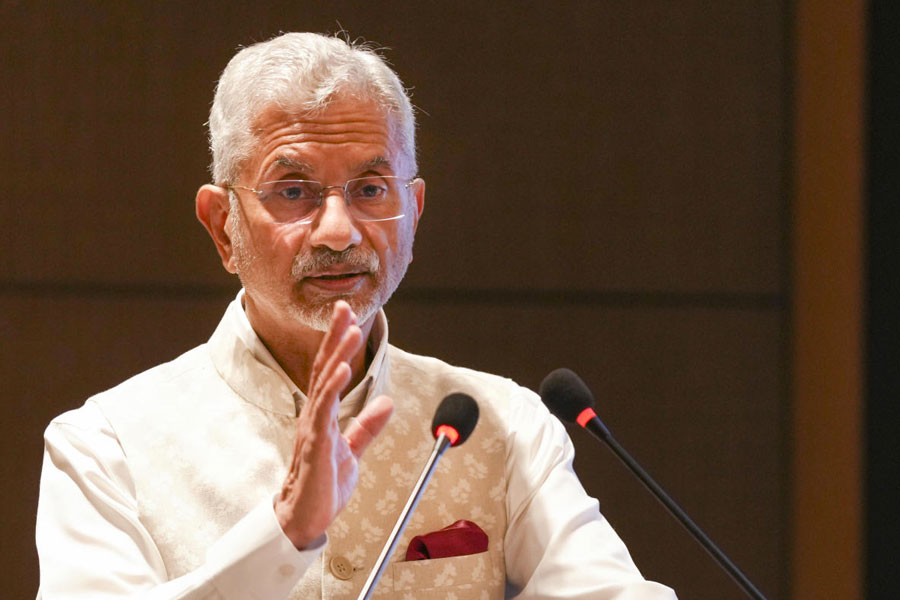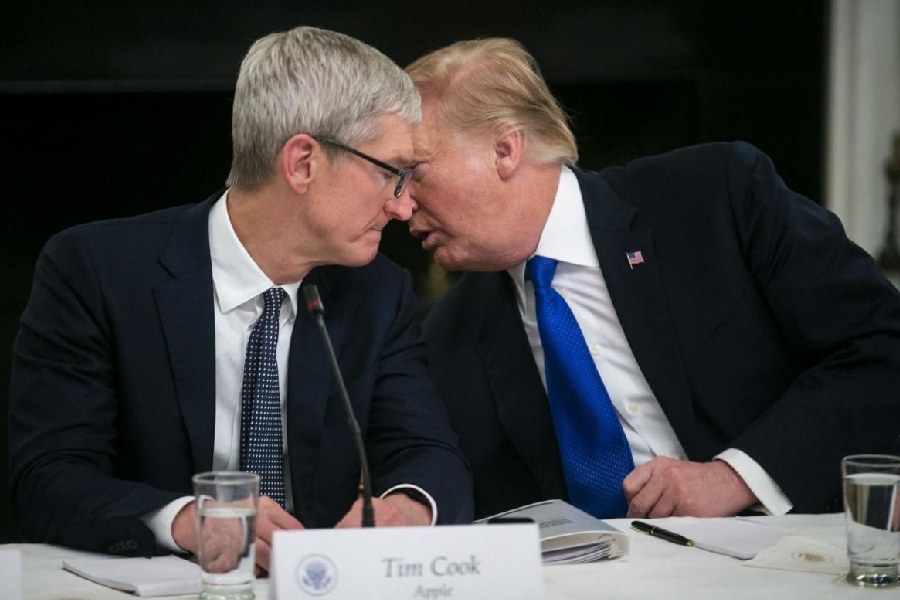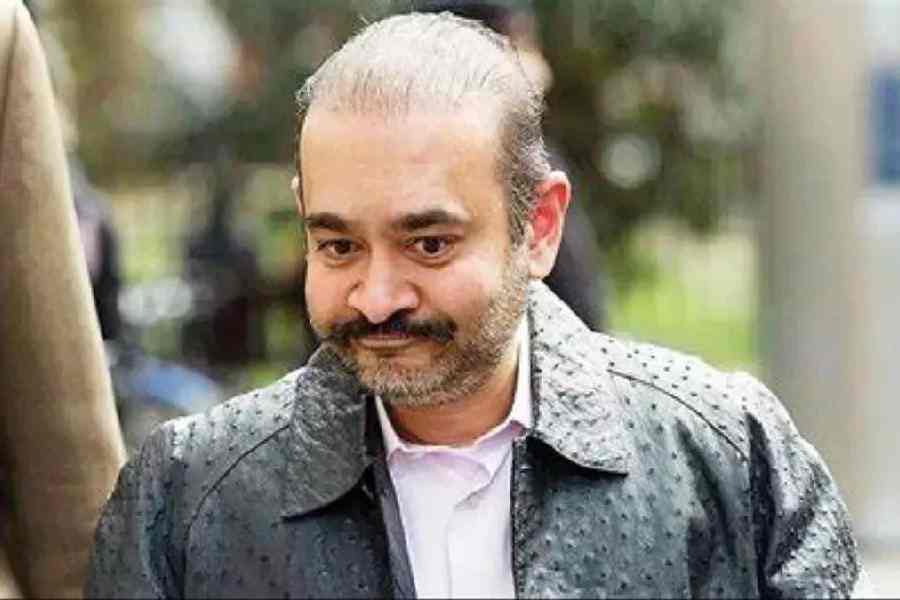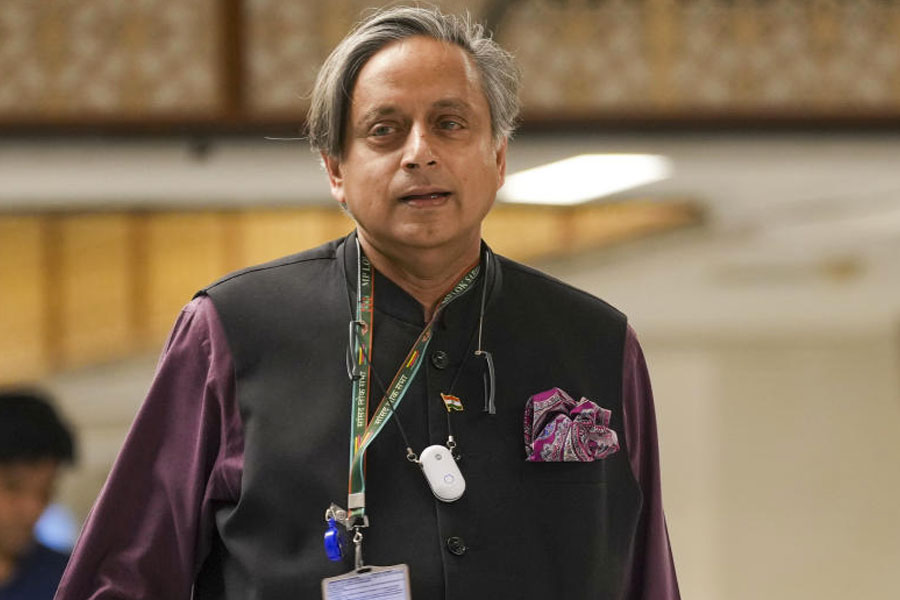Brick by brick
 |
| A horse carriage brings you to the Falaknuma entrance. As you take the left flight of stairs up to the main palace door (the right was used for coming down, one of the many quirks of the Nizams!), a shower of rose petals takes you by surprise. A rose water sprinkle on your head and a jasmine gajra around your wrist complete the ‘homecoming’. And this is just the beginning of the fairy-tale experience. By the end of the trip, you can pen your version of THE Princess Diaries! |
1 Sixteen types of wood. Eighteen types of marble. Ten types of chandeliers. Forty-five rooms. Fifteen suites. Four themes for gardens (English, Chinese, Japanese and Mughal).... The Falaknuma Palace, situated 2,000ft above the city of Hyderabad, is take-your-breath-away kind of beautiful.
2The palace was built by Sir Vicar-ul-Umra, the prime minister of the sixth Nizam of India, Mir Mahbub Ali Khan. The construction started on March 3, 1884 and was completed in 1893. Around Rs 40 lakh was spent, leading to Vicar-ul-Umra’s bankruptcy. After living in the palace for two years, the minister sold it to the Nizam for Rs 68 lakh, who made it his home for 16 years from 1895 to 1911.
3Sir Vicar-ul-Umra wanted to build a replica of heaven on earth, hence the decoration — all custom-built to order from all over — features many heavenly creatures like angels, fairies, cherubs and mermaids. Tudor, Italian, neo-classical and Victorian architecture influences are seen at Falaknuma. The palace building is in the shape of a scorpion. The annexes resemble the arms or claws of the scorpion, the main building the head, the courtyard garden the belly or body and further down, the tail and sting of the scorpion. Why? Scorpio was the zodiac sign of Vicar-ul-Umra! It took 22 years to decorate the palace.
4After the death of the sixth Nizam in 1911, the palace went to the seventh Nizam, Mir Osman Ali Khan, and was under him till his death in 1967. But he never stayed at the palace. Instead, it was used as a royal guesthouse till 1951. Dr Rajendra Prasad, India’s first president, was the last royal guest at the palace. For his two-day visit, a special telephone connection was formed with a hotline to Rashtrapati Bhavan.
5The palace was taken over by the Tatas in 1995. After six years of intense planning and consultation with Princess Ezra (first wife of the eighth Nizam, Mir Barkat Ali Khan), the restoration work began in 2001 and it took 10 years to bring back the palace to its full glory. Six rooms were added to the existing 54, and today Taj Falaknuma Palace houses 45 rooms and 15 suites.
 |
| It houses 5,970 rare and priceless books in nine languages. It is home to the first edition of The Loss of S.S. Titanic by Titanic survivor Lawrence Beesley and the 11th edition of Encyclopaedia Britannica. The ebony-and-mahogany wood inlay ceiling is monogrammed with Vicar-ul-Umra’s initials. |
 |
| : It is really called that! The gossip room is girlie and pretty, has matching drapes and carpets and is full of mirrors. It was the chosen venue for kitty parties where shelves of the French sofas used to hold cosmetics and perfumes. The talking point — and place — in the room is a circular couch, aptly called the Chinese Whisper Gossip Sofa! |
 |
| From the cut glass ceiling fans to the carpet, everything is all green in the room. This is where the Nizam entertained guests from King George and Queen Mary to the Duke of Austria. This is where he used to display his jade collection and in 1902, the curio cabinet held jade articles worth 10 million sterling pounds. |
 |
| The Nizam used to host 100 guests at this legendary table, 85 for ‘silver service’ meals. The acoustic system is terrific — the Nizam used to sit on his chair (the arm-rest three inches higher than the rest to indicate supremacy) at the centre of the table and listened to the conversation at either end of the table, and no one knew! |
 |
| This is where the Nizam used to do his official work on his leather-top writing table. He used the Rs 400-crore Jacob Diamond — the seventh largest diamond in the world — as a paperweight! |
P.S.: The palace also houses a smoking lounge (now converted into a bar), a ballroom, a Gol Bungalow that hosts the Qawwali performances and two restaurants — Adaa and Celeste — on either side. The Nizam’s bedroom is now the concierge and reception. His wife Ujala Begum’s bedroom and bathroom are as they were. Her cupboards are still lined with silk and her bathtub, apart from a hot and cold knob, has a perfume pipe. Talk about being nawabi!
Shradha Agarwal










